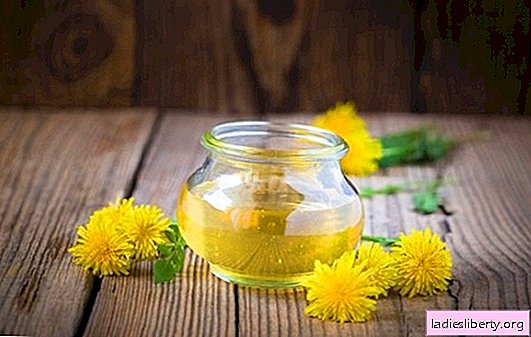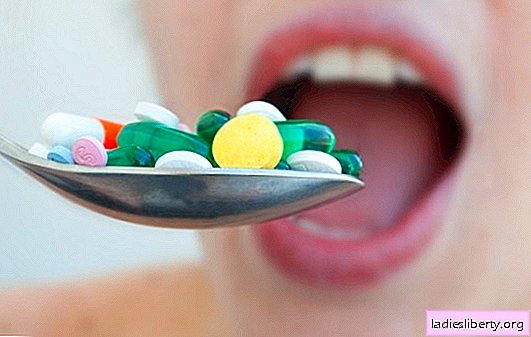
Many people have aloe at home. And some know how much aloe juice can bring benefits and what medicinal properties it has. But it is important to know the contraindications to use, in order to avoid the negative consequences of using aloe. The benefits and harms will be discussed in this article.
Plant description
Aloe is a flowering plant and belongs to the xanthorrhoea family. Species of this plant, there are about five hundred. The most representatives of this plant are succulents. They grow in dry areas of the tropical climate. It also has its own special nutritional mechanism, which helps maintain water inside the plant. Despite their natural habitat, these plants love light and warmth.
Representatives of different types of aloe are diverse in their appearance, especially they differ in height: some reach 10 or even 30 meters in height, some have a very small height. Common features of representatives of such a plant are leaves that extend in different directions from the column and have a thick xiphoid shape. Most often they are covered with a white coating and have spikes on their edges. It is the leaves that accumulate moisture within themselves. They are often used for drugs and medicine in general. Aloe gel and juice are also used, of which there are many benefits.
The chemical composition of the plant
Aloe has a unique composition that many plants cannot match. Aloe contains approximately 250 active biological substances, which makes this plant very valuable.
About 97% of this plant is water, due to its moisture storage properties. The benefits of aloe juice are contained in the following substances that the plant has in its composition:
● esters;
● tannins;
● several types of essential oils;
● volatile;
● fatty acids;
● resins;
● β-Carotene;
● flavonoids;
● carbohydrates;
● antraglycosides;
● allantoin;
● anthraquinone;
● various alkaloids.
Aloe also has such useful and necessary chemical elements for the human body:
● selenium;
● iron;
● zinc;
● calcium;
● manganese;
● copper;
● potassium;
● phosphorus;
● magnesium and many others.
The composition of the plant includes such acids of organic origin:
● hydroxy succinic acid;
● citric acid;
● benzylideneacetic acid (cinnamon);
● butanedioic acid (succinic) and many others.
Aloe contains essential and non-essential amino acids, including:
● glycine;
● aspartic acid;
● glutamic acid and others.
There are also mono- and polysaccharides, namely:
● glucose;
● fructose;
● cellulose;
● glucomannans;
● xylose;
● atsemannan
● galactose.
In addition, aloe juice contains many essential vitamins:
● vitamin A;
● vitamin B1;
● vitamin B2;
● vitamin B3;
● vitamin B6;
● vitamin B9;
● Vitamin B12 (it is found in a few plants);
● vitamin C;
● Vitamin E.
Aloe has a group of substances with medicinal properties such as anthraquinones, which include barbaloins and many other useful substances and acids.
Benefits of Aloe Juice
The huge benefits of aloe juice is a unique composition that has a lot of useful properties. Juice has a beneficial effect on the organs of the cardiovascular system, the digestive tract, on the human skin, vision, immunity and the nervous system.
Aloe affects the human body in a positive way, which is as follows:
1. The plant has antiviral, antibacterial, disinfectant and antifungal properties;
2. Has a cleansing effect on the body, eliminating the accumulated toxins, waste and bad substances;
3. Is a good oxidant;
4. It has a moisturizing effect on the skin;
5. Improves the tone of the body;
6. Supports immunity;
7. Improves the nutritional properties of the body;
8. It has a beneficial effect on the functioning of the intestine and its microflora;
9. Supports the acid-base balance of the body;
10. Supports healthy muscles and joints;
11. Beneficial effect on hair growth and strengthens their roots.
12. Improves blood oxygen saturation, as well as its circulation;
13. Struggles with aging processes;
14. Reduces cholesterol and glucose in the body;
15. The components of this plant are used in the prevention of cancer, as well as in their treatment;
16. Used in dentistry, able to relieve toothache;
17. Has laxative and diuretic properties.
The biological substances of aloe help in the treatment of such gynecological diseases:
● candidiasis;
● endometriosis;
● genital herpes;
● vaginosis;
● uterine fibroids and many others.
Due to its antibacterial properties, aloe juice is used in the fight against such bacteria:
● streptococci;
● staphylococci;
● diphtheria sticks;
● dysenteric sticks;
● typhoid bacilli and others.
The use of aloe juice and other components of the plant helps to improve the digestion of food, helping the stomach to cope with its work. They help prevent bloating, heartburn, constipation, and also eliminate flatulence and other problems with the intestines, normalizing its acid balance and the ability to absorb nutrients.
Regular consumption of aloe juice helps to cope with a disease such as anemia, stimulating the bone marrow to produce more red bodies. In addition, this juice relieves fatigue and headaches that accompany this disease.
In addition, the properties of this plant normalize blood circulation processes. Aloe has a beneficial effect on the circulatory system, expanding the capillaries, thereby improving the capillary network. This in turn normalizes blood circulation and stabilizes internal pressure. Aloe also helps relieve inflammation associated with this organ system.
Contraindications
The use of aloe juice can bring harm and, if you do not take into account contraindications for use. It is forbidden to use the juice of this plant inside people who have:
● exacerbated diseases of the gastrointestinal tract;
● allergies or hypersensitivity to plant components;
● hepatitis A;
● jade;
● cystitis;
● hemorrhoids;
● hemorrhoidal bleeding;
● menstruation or uterine bleeding;
● cholecystitis;
● severe hypertension;
● severe diseases of the heart, blood vessels, or this organ system.
Do not give this medicine to children under 3 years of age. Children under 12 years of age are prescribed it only after consultation with a pediatrician and other doctors. Older people can use it with caution, too, after consulting a prescribed doctor.
Preparations for external use with aloe juice or other components has much less contraindications. They can be used by pregnant women and children who have a year. But for internal use during pregnancy, it is better to abandon the medicine, as it is possible to provoke a miscarriage or improper development of the child. It should abstain during breastfeeding.











